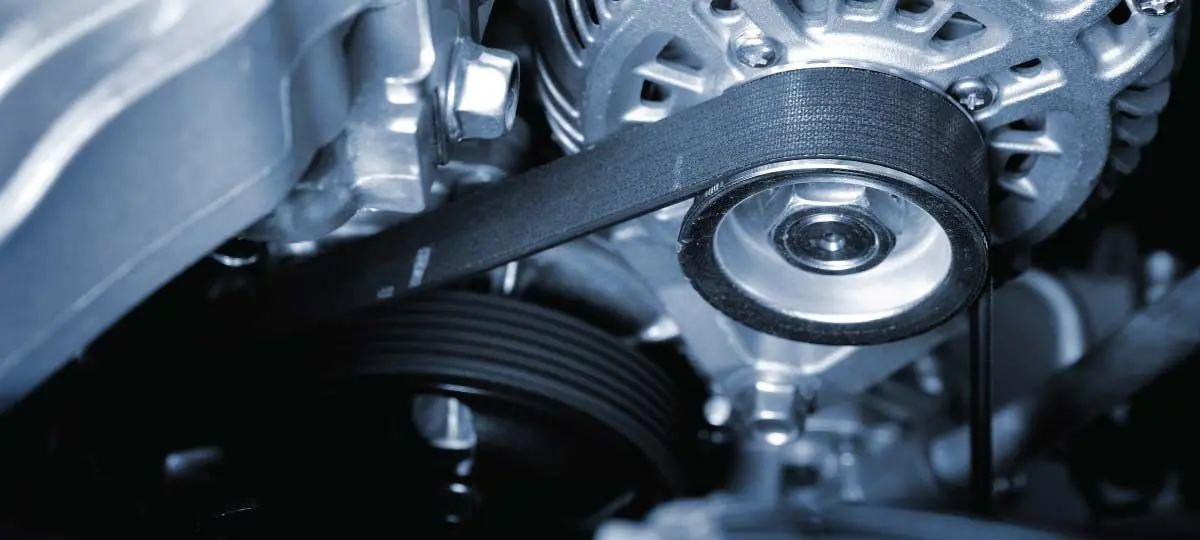How You Know It's Time to Change the Serpentine Belt

Sometimes it seems like magic, but it isn’t. Your car runs because thousands of parts work in harmony for you to enjoy a smooth driving experience. One of the parts that doesn’t get the recognition it deserves is the serpentine belt. With a funny name like that, it can’t be that important, can it? But it really is significant. Your Honda couldn’t operate accessory features without it. And for many car owners, you don’t realize that the serpentine belt needs to be replaced for maintenance.
What Does the Serpentine Belt Do?
On older vehicles, there was a belt for every function. There was an alternator belt, a water pump belt, an alternator belt, an air pump belt – you get the idea. But it became too complicated to keep doing this, especially with more complex features being added to cars. So, a serpentine belt was implemented as a one-for-all solution. Like the name suggests, the serpentine belt ‘snakes’ around the engine and accessory pulleys. They’re all driven together from the crankshaft’s rotation. A belt tensioner keeps the serpentine belt from flying off as it spins.
Why Does the Serpentine Belt Need to Be Replaced?
Belts are made of reinforced natural and synthetic rubbers. Over time and with use, they deteriorate. Pieces might fall off, or the hardening rubber could begin squeaking and chirping over the pulleys. If the belt ends up breaking, you could lose systems that help you keep control of your Honda, and that’s obviously not good.
How Do You Know the Belt Needs to be Changed?
It’s pretty clear when your serpentine belt is due to be replaced. You could:
- Hear a repetitive chirping noise under your hood anytime the engine is running.
- Hear a constant squeal from the engine area.
- Feel or hear a tapping noise under the hood if pieces of the belt are coming loose.
- Hear your Jay Wolfe Honda service advisor let you know the belt is in rough shape and needs to be changed.










